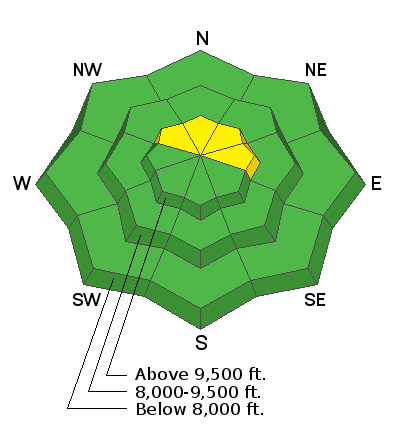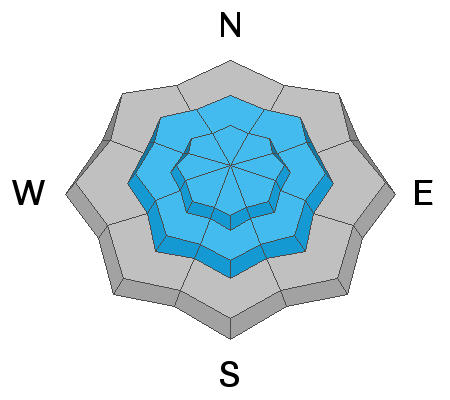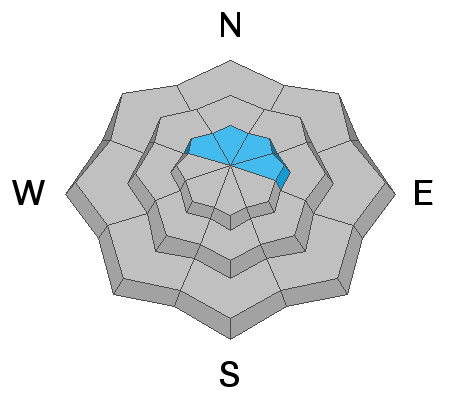Forecast for the Salt Lake Area Mountains

Issued by Drew Hardesty on
Tuesday morning, December 31, 2019
Tuesday morning, December 31, 2019
Most terrain has an overall LOW avalanche danger. Sluffing in the low density snow is a concern in the steepest terrain. Human triggered avalanches 3-5' deep are unlikely at this point and isolated to steep, thin, rocky terrain on northwest to east facing slopes. Remember that risk is inherent in mountain travel.
Heads Up: Tomorrow's storm will be a game changer. The avalanche danger may reach HIGH in the coming days.

Low
Moderate
Considerable
High
Extreme
Learn how to read the forecast here









